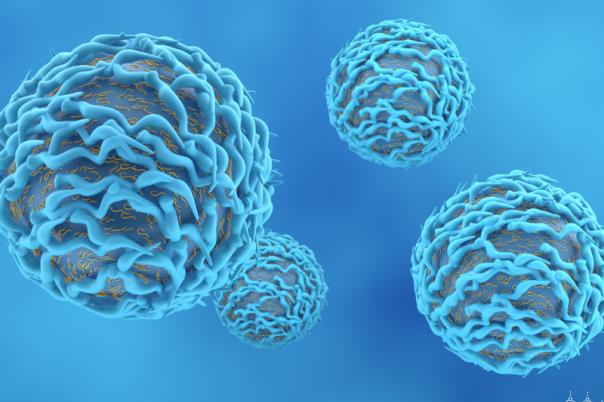The FDA defines biomarkers as characteristics objectively measured as indicators of health, disease, or a response to an exposure or intervention including therapeutic interventions. Maria Urdiste Socea, Senior Scientist at AstraZeneca, suggested that a universal understanding of biomarkers is key to avoiding confusion and misunderstanding among the life sciences community.
Socea discussed how image analysis and AI can facilitate biomarker validation. Image analysis is the extraction of features from a digital image either visually or using digital tools. There are usually two different workflows adopted. The traditional workflow takes a sample on a slide, stains it, then a pathologist examines it and extracts data from the sample, and assigns it an H score. Meanwhile, the image analysis workflow replaces the microscope with a digital scanner. Using software once can extract robust and precise cell quantification. Socea stated: “A pathologist cannot give cell-by-cell quantification but image analysis can.” The image analysis is capable of extracting information and plotting it in a histogram.
In the validation pipeline, image analysis helps inform scientists whether they reach a go/no-go decision on the next steps of validating their antibody to better understand its behaviour when concentration variables change.
Socea noted that at certain stages the pathologist’s input is necessary to understand what the biomarker does and what it’s expected to do within a biological context. Different validation pipelines exist depending on the intended use of the biomarker. To achieve this understanding, it is essential to build robust models that can be applied across biomarkers to easily extract data from samples such as cell lines and PDX models.
Research-only biomarkers undergo fewer validation steps. Whereas in vitro diagnostics (IVD) and companion diagnostics (CDX) need a more thorough validation process. The main validation steps involve intra-run and inter-assay variability testing to ensure consistency across various conditions.
Nevertheless, further standardisation of imaging techniques, staining protocols, and scanners is needed to counter variability in image analysis. Socea added that AI models must consider real-world variability for example there are different fixation times in clinical settings. Efforts are being undertaken to encourage the models to meet good clinical practice and FDA regulations. However, a critical question remains: how much variability can AI models accommodate before their performance deteriorates? This question is yet to be answered and is vital for future advancements in biomarker validation.
Socea addressed that robust AI models can bridge the gap between research and clinical practice, enabling faster deployment of validated biomarkers for patient care. She also explored stability testing and demand for scalability.




